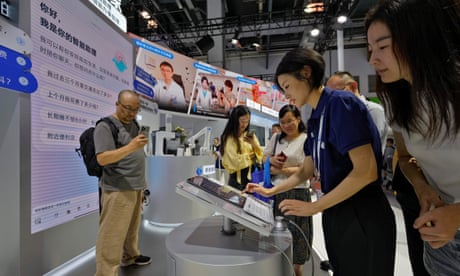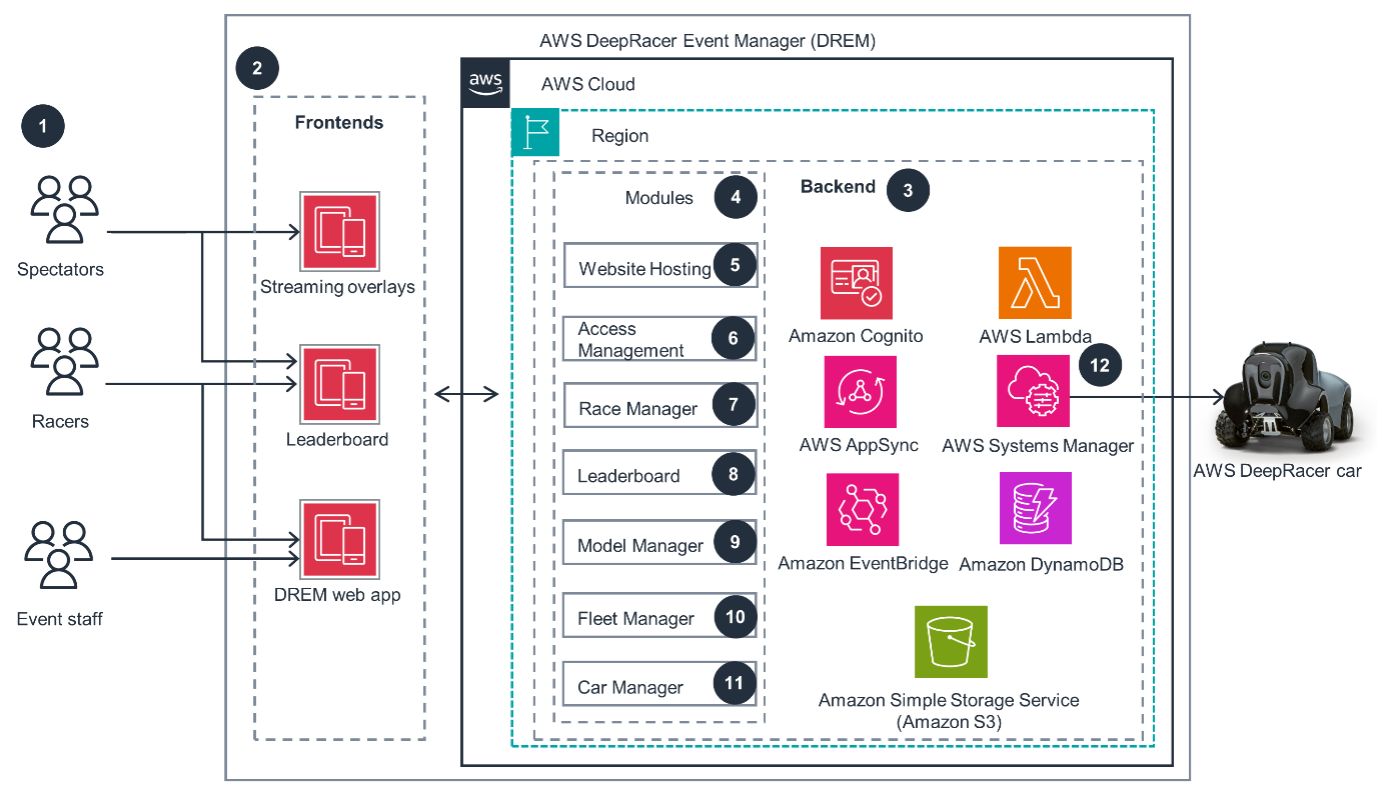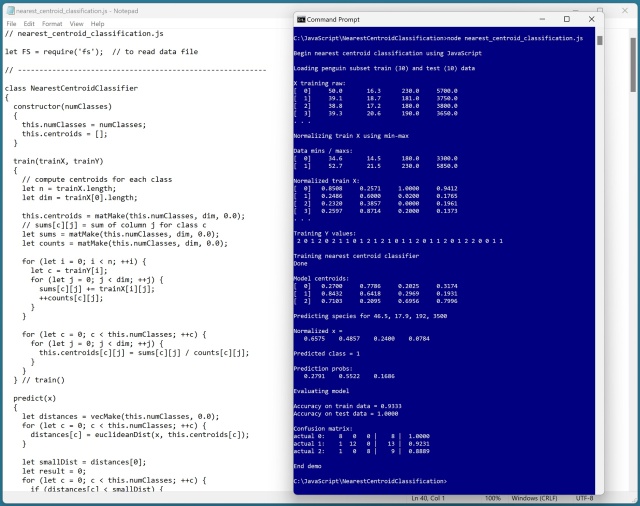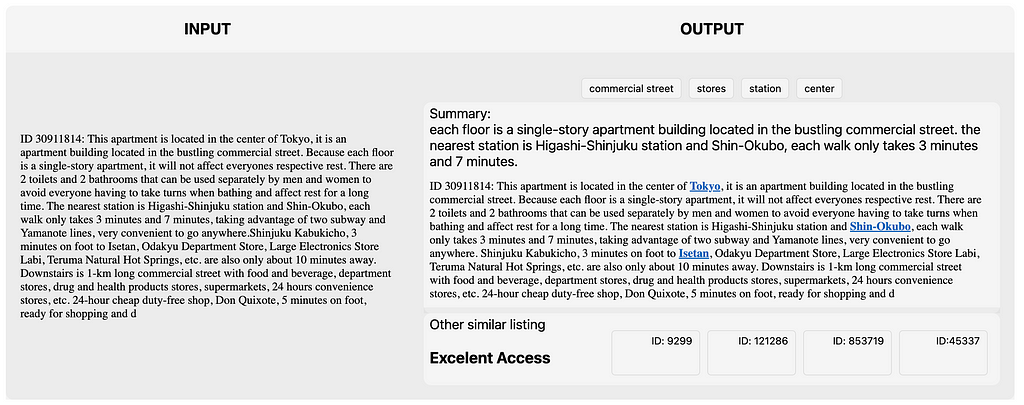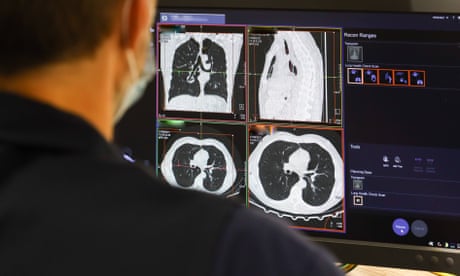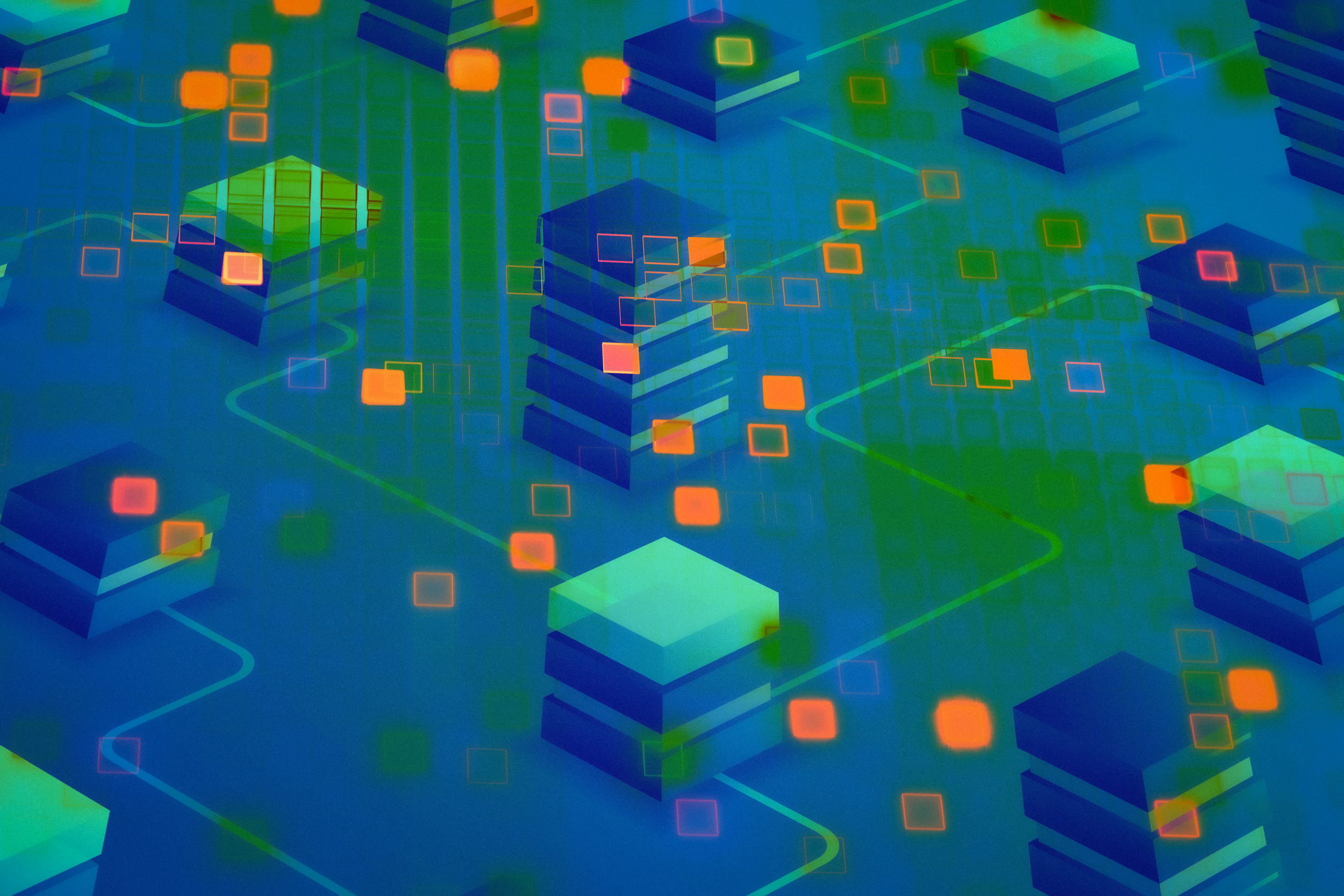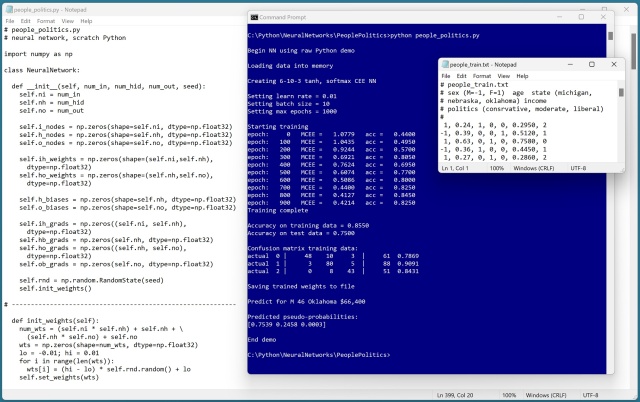SenseTime unveils SenseNova 5.5 at World AI Conference, rivaling Microsoft-backed OpenAI's GPT-4o. Tensions drive rush for homegrown AI models in China.
Stable Diffusion XL by Stability AI offers text-to-image deep learning for professional images. Fine-tune with custom datasets for unique image generation.
Eviden, a tech leader in digital transformation, leverages AWS DeepRacer for hands-on cloud-centered learning experiences globally. Eviden enhances event management with AWS DeepRacer Event Manager, facilitating seamless global event support and data-driven racing capabilities.
Simplest machine learning technique, Nearest centroid classification predicts penguin species based on physical attributes. Despite limitations, NCC is interpretable and works well with small datasets, demonstrated through a JavaScript demo using the Penguin Dataset.
NLP techniques enhance rental listings on Airbnb in Tokyo, extracting keywords and improving user experience. Part 2 will cover topic modeling and text prediction for property rentals.
Experts warn NHS must focus on basics of cancer treatment, not hyped novel technologies. Paper in Lancet Oncology highlights risk to patients.
New England Innovation Academy students create TreeSavers app using AI to illustrate deforestation trends in Massachusetts, showcased at global Day of AI celebration. MIT RAISE initiative empowers K-12 students to tackle local and global challenges with AI, promoting ethical and responsible use of technology.
Fairwork experts reveal the harsh reality behind AI development in their book, 'Feeding the Machine'. African workers drive AI for just over a dollar an hour, exposing the exploitation in big tech's pursuit of artificial intelligence.
Microsoft's new Copilot+ PCs take constant screenshots, offering AI image generation and real-time language translation. The privacy implications of this technology raise concerns about user data security.
The All England Lawn Tennis Club utilizes AI to protect Wimbledon players from online abuse by monitoring social media profiles for threats and offensive language in 35 languages. The Threat Matrix service automatically flags death threats, racism, and sexism, ensuring player safety.
Social media content moderation in outsourced centers in the global south exposes workers to disturbing material and harsh conditions. Meta content moderator Mercy faced a traumatic experience while reviewing a fatal car crash video, highlighting the toll of AI training data processing on human workers.
GenSQL, a generative AI system for databases, simplifies complex statistical analyses, predicts outcomes, detects anomalies, and generates synthetic data effortlessly. Developed by MIT researchers, GenSQL outperforms other AI-based approaches, providing faster and more accurate results with explainable probabilistic models.
AI could soon be used to write TV shows, even allowing viewers to insert themselves as heroes. However, Justine Bateman warns of creative consequences and viewer confusion when AI interferes with storytelling.
Microsoft introduces Medprompt, a groundbreaking prompting strategy that enhances GPT-4's performance in healthcare without fine-tuning. Can generalist LLMs outperform specialized models in specific domains?
Implementing neural networks from scratch for political leaning prediction using normalized data and one-hot encoding. Complexity of neural networks explored with raw Python code and NumPy, creating a classifier with specified input, hidden, and output nodes.

